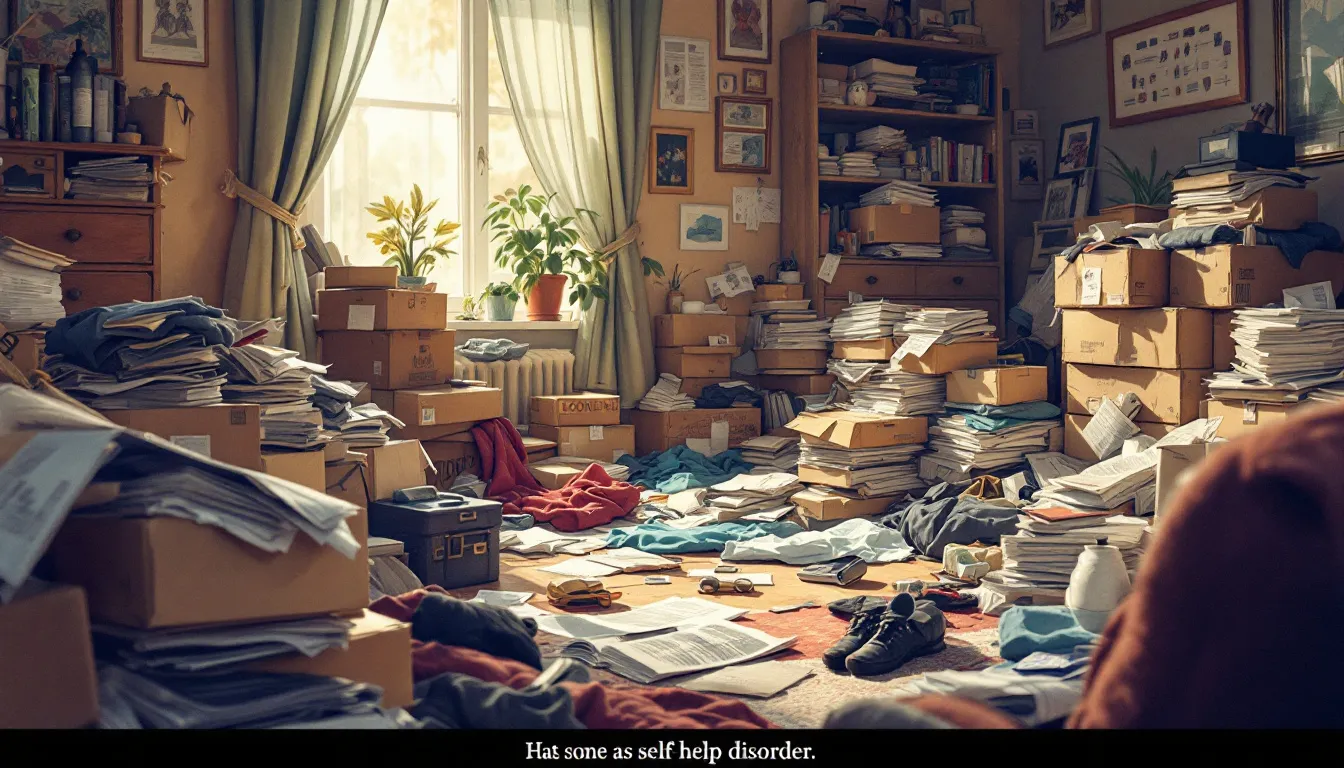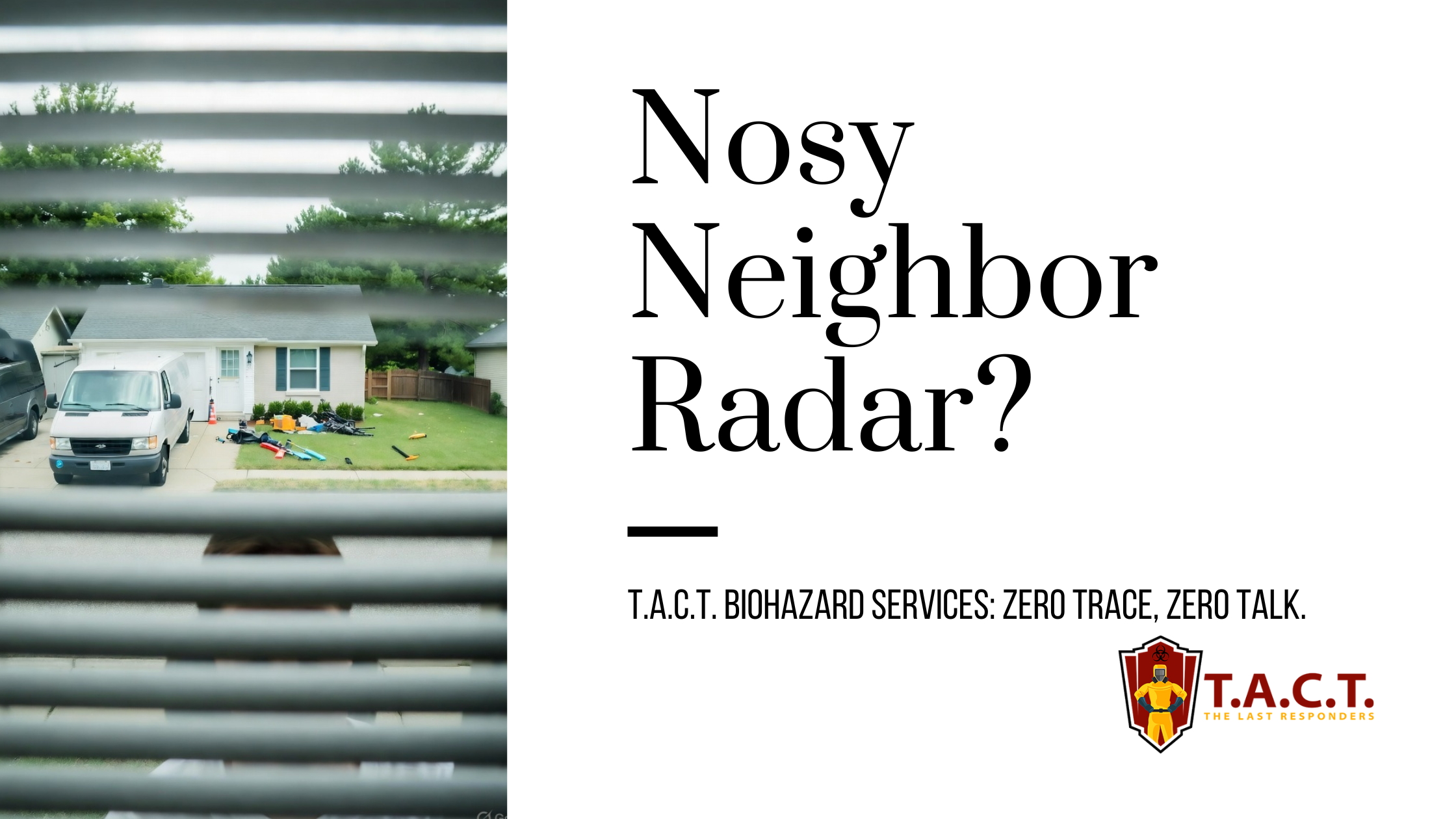Effective strategies on how to help hoarders get rid of stuff

Effective Strategies on How to Help Hoarders Get Rid of Stuff
Wondering how to help hoarders get rid of stuff? This guide offers practical steps and compassionate advice to support your loved one. We’ll cover understanding hoarding disorder, setting achievable goals, and using effective decluttering techniques.
Key Takeaways
Understanding hoarding disorder is essential for compassionate treatment, as it involves emotional struggles and mental health challenges that affect decision-making and organization.
Approaching hoarding discussions with empathy and sensitivity fosters trust and respect for autonomy, making it easier for individuals to open up and engage in the decluttering process.
Encouraging realistic goals, utilizing practical decluttering techniques, and promoting participation in support groups can empower individuals to manage hoarding tendencies effectively and maintain progress.
Understanding Hoarding Disorder

Hoarding disorder often starts subtly, with hoarding symptoms appearing during adolescence or early adulthood. Those affected struggle with decision-making, organization, and planning, resulting in excessive clutter in their living spaces. The accumulation of items often prevents the use of rooms for their intended purposes, resulting in cramped and disorganized homes.
Hoarding behavior can stem from irrational beliefs about objects, such as fear of running out or an overwhelming desire for excessive accumulation of possessions. A deep-seated fear of needing items in the future often makes it difficult for hoarders to discard even trivial belongings. Over time, these tendencies can lead to unsanitary living conditions, posing significant health risks.
Mental health conditions like OCD, PTSD, and depression are often linked to hoarding disorder, complicating the situation further. Many hoarders feel immense guilt and distress when trying to discard items, exacerbating their symptoms and hindering their ability to seek help. Understanding these factors is crucial for treating hoarding disorder effectively and compassionately.
Recognizing the Severity of Hoarding Behavior
Recognizing the severity of hoarding behavior is the first step in addressing the issue. Key characteristics of hoarding behavior include:
Resistance to throwing away items, even unusable ones, due to intense anxiety about discarding possessions.
Accumulation of belongings in a disorganized manner.
Excessive clutter that obstructs functional living spaces.
This differs from collectors, who appreciate and organize their more items.
The living spaces of hoarders can become overwhelmingly cluttered and disorganized, making it difficult to navigate or use rooms effectively. Symptoms can start as early as the teenage years and progressively worsen with age. Severe cases are marked by disorganized piles of items that block walking spaces, creating cramped and unsafe living space conditions.
Understanding these signs is crucial for recognize when professional help is needed to address the behavior effectively and when to seek treatment.
Approaching with Empathy and Sensitivity
Empathy is the cornerstone of effective communication when dealing with hoarding disorder. Using precise language, such as ‘someone who hoards,’ fosters a non-stigmatizing dialogue and helps create a safe space for communication and change. Empathy and understanding should be prioritized when discussing decluttering with someone who hoards to avoid criticism and judgment.
Creating a supportive environment requires patience and a non-judgmental approach. Conversations about decluttering should focus on feelings rather than possessions to maintain trust. Acknowledging the emotional burden of hoarding can strengthen the support provided by friends and family, making it easier for the individual to open up about their struggles.
Avoiding shaming or blaming the person who hoards is crucial, as this can increase feelings of shame and isolation. Instead, show genuine concern for their well-being and encourage small steps towards decluttering. By showing empathy and sensitivity, you can help reduce the fear of conflict and create a cooperative environment for change.
Setting Realistic Goals for Decluttering

Setting realistic goals is key in the decluttering process. To make the process less overwhelming, consider the following steps:
Start small and break down the tasks into manageable steps.
Focus on specific areas, such as a single room or even one drawer.
Create an action plan to set achievable goals and build momentum.
A flexible timeline can help maintain progress while recognizing the emotional challenges involved. A sorting system to categorize items into keep, donate, and rid can streamline decision-making and help you decide on a plan.
Introducing rituals or journaling about sentimental items can help process feelings, making it easier to let go of unnecessary possessions. Setting achievable goals and taking small steps makes a clutter-free home more manageable.
Building Trust and Respecting Autonomy
Trust and autonomy are critical components of the decluttering process. Open-ended questions encourage individuals to share their feelings and experiences, enhancing communication and trust. Avoiding forced actions is crucial, as it can lead to increased anxiety and diminished trust.
Respecting the decision-making process of the individual is essential for maintaining their autonomy. Foster trust by communicating without blame and showing genuine concern for their well-being. Building trust and respecting autonomy creates an environment where the person feels supported and in control of their decluttering journey.
Practical Decluttering Techniques
Practical decluttering techniques can make the declutter process more efficient. Using three separate bags for trash, donations, and items to keep can streamline the decluttering process. Setting a timer creates a sense of urgency and makes tasks feel more manageable.
Keeping a box for unwanted items and donating it when full helps maintain ongoing efforts to get rid of clutter. These techniques can transform a cluttered space into an organized, clutter-free home, keeping things easier to sustain long-term progress for a pack rat in the house.
Addressing Sentimental Value
Dealing with items of sentimental value can be one of the most challenging aspects of decluttering. The emotional connection to possessions often stems from memories associated with happier times or loved ones. Evaluating each item based on whether it is truly wanted, needed, or liked can guide decisions on what to keep.
Displaying items of sentimental value rather than storing them away can honor memories while reducing clutter. Creating a memory box can help manage sentimental stuff by limiting the physical space for keepsakes while still preserving meaningful memories.
Addressing sentimental value thoughtfully helps your loved one let go of unnecessary items while honoring their past.
Seeking Professional Help
Encouraging someone with hoarding disorder to seek mental health professional help can significantly reduce feelings of isolation and improve mental health. Many individuals who hoard may not perceive their behavior as problematic, complicating the process of seeking help.
Professional treatment for hoarding often combines cognitive behavioral therapy with practical tasks aimed at reducing clutter. Mental health professionals develop strategies for decision-making and addressing core beliefs that contribute to hoarding. The success of treatment is linked to the individual’s commitment and motivation to engage in the process over an extended period.
Since hoarding disorder is associated with other issues related to mental health conditions, such as depression and anxiety, comprehensive treatment for mental illness can address these underlying issues as well.
Maintaining Progress and Preventing Relapse
Maintaining progress and preventing relapse requires:
Developing healthy habits and structured routines.
Regular check-ins with support systems to ensure continued success in overcoming hoarding behaviors.
Transitioning from a ‘want’ mindset to a ‘need’ mindset to help prevent new clutter from entering the home.
Regularly revisiting and celebrating progress on a daily basis can help maintain motivation and encourage further efforts. Focusing on small victories and ongoing support helps individuals restore order and prevent relapse in their decluttering journey, allowing for a much-needed rest.
Understanding the Risks of Excessive Clutter

Excessive clutter poses serious health risks, including more harm such as:
Unhygienic living conditions
Potential accidents
Accumulated animal waste and clutter creating a breeding ground for pests, further endangering health
Serious health complications such as respiratory issues
Increased risk of injuries
Unsafe living conditions
A fire hazard
Emergency responders may struggle to access individuals in hoarding situations, posing critical risks during medical emergencies. Hoarding can also lead to legal repercussions, such as eviction or child protective services intervention, if living conditions violate housing regulations.
Motivating Your Loved One
Motivating a hoarding loved one struggling with hoarding involves celebrating small achievements and using visual reminders for family members. Support them in understanding their shopping habits by identifying triggers for acquisition.
Emphasizing safety improvements can be a beneficial initial goal to motivate someone struggling with hoarding. Focusing on these strategies can encourage your loved one to make positive changes and maintain progress in their decluttering efforts.
Encouraging Treatment and Support Groups
Encouraging active participation in support groups can enhance the recovery journey for those with hoarding tendencies. Support groups help hoarders connect with peers who understand their struggles, reducing feelings of isolation.
Online support groups provide a safe, anonymous environment for individuals to share and seek assistance. Regular participation in support groups allows hoarders to learn from both professionals and others with similar experiences, providing ongoing support and motivation.
Summary
In conclusion, helping a loved one with hoarding disorder requires a blend of empathy, patience, and practical strategies. By understanding the disorder, recognizing its severity, and approaching the situation with sensitivity, you can support your loved one in their journey towards a clutter-free home. Setting realistic goals, utilizing practical techniques, and seeking professional help are crucial steps in this process.
Remember, maintaining progress and preventing relapse involves developing healthy habits and structured routines. Encouraging participation in support groups can provide ongoing support and motivation. Together, these strategies can help your loved one achieve lasting change and improve their quality of life.
Frequently Asked Questions
What are the common symptoms of hoarding disorder?
Common symptoms of hoarding disorder include difficulty discarding items and the excessive accumulation of possessions, which can lead to disorganized living spaces that hinder their intended use. Recognizing these signs is the first step towards seeking help and improving your living environment!
How can I approach a loved one about their hoarding behavior?
It's vital to approach your loved one with empathy and sensitivity, focusing on their feelings rather than their possessions. By being understanding, you can foster a supportive environment that encourages open communication and change.
What are some practical decluttering techniques?
One effective decluttering technique is to work with three bags for trash, donations, and keepers while setting a timer to create a sense of urgency. This approach keeps you motivated and organized as you clear out the unnecessary!
Why is professional help important for treating hoarding disorder?
Seeking professional help is crucial for treating hoarding disorder because it tackles the root causes and equips individuals with effective strategies to make decisions and manage clutter. With the right support, a more organized and fulfilling life is entirely achievable!
How can I help my loved one maintain progress and prevent relapse?
You can help your loved one maintain progress by fostering healthy habits and a structured routine, while celebrating their achievements. Encourage them to participate in support groups for continuous motivation and connection.
Latest news

Nosy neighbors peeking? T.A.C.T. North Atlanta offers discreet biohazard remediation for rodent infestations, mold, hoarding, and more. Unmarked vehicles, quiet experts, full privacy—24/7 service at 470-781-4775.
Read More

